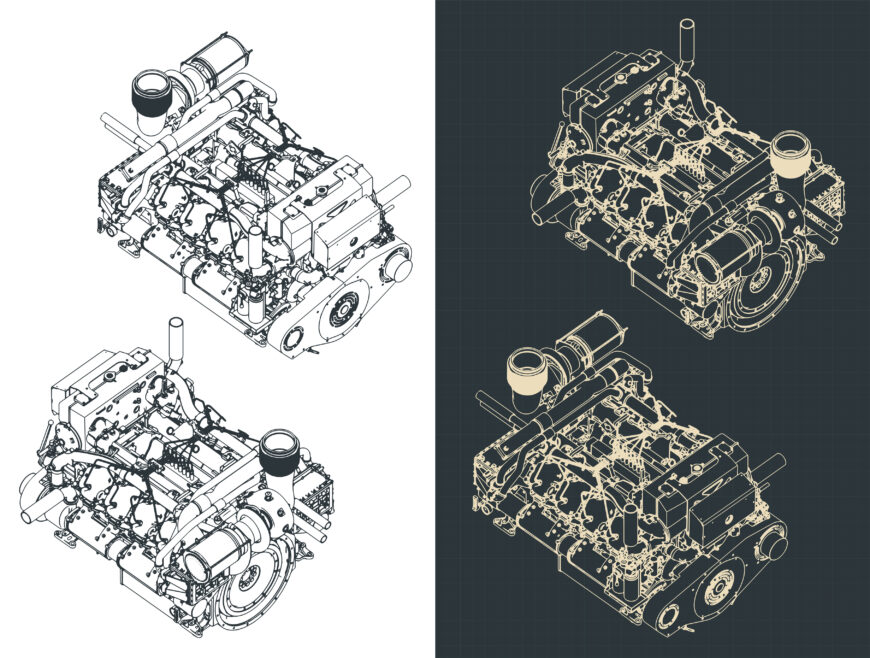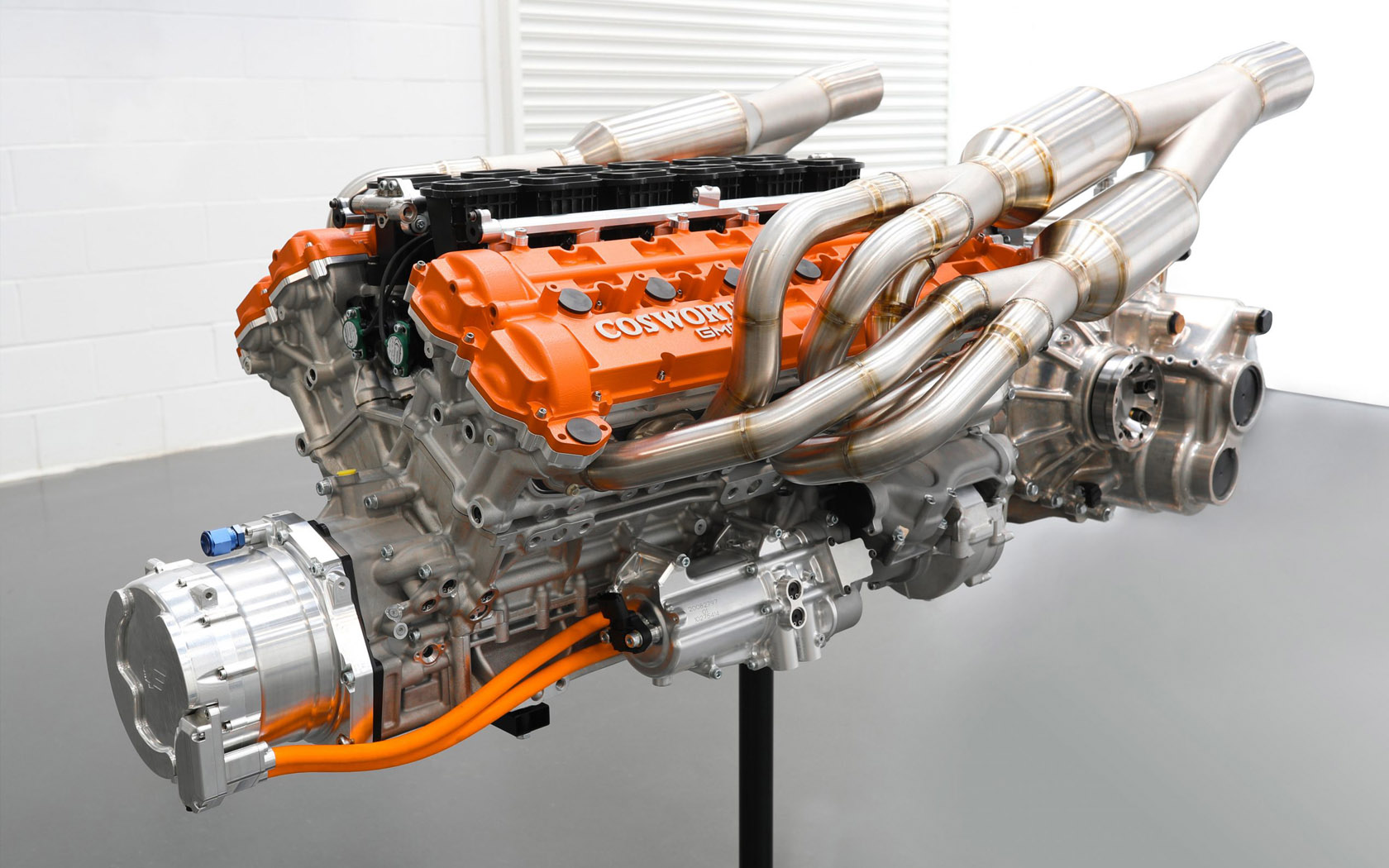Engines for Africa Available Now! Visit Our Relied On Car Parts Store
Engines for Africa Available Now! Visit Our Relied On Car Parts Store
Blog Article
The Pursuit for Ultimate Driving Power: Examining the Peak of Engine Efficiency and Technological Innovations in the Automotive Sector
In the realm of auto design, the quest of maximum driving power has been a ruthless pursuit that has actually unfolded through the development of engine style and the combination of sophisticated innovations. From the precise workmanship of burning engines to the quick developments in electric propulsion systems, the automobile market stands at the cusp of a new period defined by extraordinary performance capabilities.
Development of Engine Style

Furthermore, the assimilation of turbocharging and supercharging technologies has actually reinvented engine style by increasing power without considerably enhancing engine size. These forced induction systems compress the intake air, permitting more fuel to be ignited, therefore creating greater power outcome from a smaller engine. This innovation has actually been specifically crucial in enhancing the performance of smaller variation engines while preserving gas efficiency requirements.

Performance-Enhancing Fuel Technologies
The implementation of innovative fuel technologies has actually dramatically added to enhancing engine efficiency in modern-day automobiles. From typical fuel and diesel to ingenious biofuels, artificial gas, and hydrogen, the automobile market is observing a transformation in gas options. Biofuels, acquired from sustainable sources like corn, sugarcane, or algae, deal improved and minimized discharges engine efficiency. Synthetic fuels, generated with chemical processes, offer high octane ratings, boosting power outcome. Hydrogen gas cells, although still in the onset of adoption, reveal fantastic pledge because of their zero-emission nature and capacity for high efficiency. In addition, fuel ingredients and detergents are being created to tidy engine parts, maximize combustion, and minimize rubbing, consequently boosting total lorry performance. With recurring study and growth, the quest for the supreme driving power continues, as engineers aim to unlock the complete possibility of performance-enhancing gas innovations in the auto sector.
Advancements in Electric Propulsion
Considerable strides in electrical propulsion modern technology have transformed the automobile market, leading the method for a brand-new period of reliable and sustainable transport. Electric vehicles (EVs) are acquiring appeal because of their ecological benefits and innovations in battery innovation, making it possible for longer driving ranges and shorter charging times. Makers are spending heavily in r & d to enhance the efficiency of electrical propulsion systems, concentrating on boosting power result, enhancing energy effectiveness, and minimizing general weight.
One notable development in electric propulsion is the development of advanced electrical motors that provide greater torque and power density, index resulting in enhanced velocity and overall driving performance. In addition, regenerative stopping systems have been improved to capture and save power during deceleration, additional improving the effectiveness of EVs.
Moreover, the assimilation of smart technologies, such as fabricated knowledge and predictive analytics, is optimizing the monitoring of electrical propulsion systems, making sure optimum efficiency under different driving problems. These innovations in electric propulsion are improving the automobile landscape, driving the market in the direction of an extra lasting and electrified future.
Impact of Computational Fluid Dynamics
With developments in electric propulsion pushing the boundaries of automotive innovation, the integration of Computational Liquid Dynamics is playing a pivotal function in enhancing wind resistant performance and enhancing general efficiency in car style. Computational Liquid Characteristics (CFD) includes the use of computer system simulations to analyze the circulation of air around a car, allowing engineers to forecast exactly how layout adjustments will influence aerodynamics without the demand for costly physical prototypes. By precisely modeling air movement patterns, CFD permits the improvement of vehicle shapes to reduce drag, enhance air conditioning, and enhance security.
CFD makes it possible for designers to optimize air flow around parts such as radiators, engine bays, and wheel wells, contributing to improved efficiency and total driving experience. In final thought, the integration of Computational Fluid Characteristics have a peek at this site represents a substantial action onward in the quest for ultimate driving power and efficiency in the auto sector.
Future Fads in Engine Development
In the dynamic landscape of vehicle design, advanced advancements are shaping the future trajectory of engine innovation. The future of engine style is noted by a strong emphasis on sustainability, performance, and performance. Manufacturers are increasingly concentrating on developing engines that not just provide high power outputs but also focus on ecological responsibility by reducing discharges and boosting fuel efficiency.
One famous pattern in engine development is the increase of electrification. Crossbreed and electrical powertrains are obtaining traction as feasible options to standard combustion engines. These modern technologies use the potential for significant decreases in carbon emissions and increased power effectiveness, straightening with international initiatives to battle climate change.
Furthermore, developments in materials scientific research and production methods are allowing the production of lighter and more resilient engine components. This change towards Continue lightweight products such as carbon fiber and light weight aluminum alloys adds to boosted efficiency and gas economic situation.
Conclusion
Finally, the quest of ultimate driving power in the auto field continues to drive innovations in engine style, fuel technologies, electric propulsion, and computational liquid characteristics. The advancement of these modern technologies is shaping the future of engine advancement, paving the way for a lot more efficient and effective cars (engines for africa). As the sector proceeds to press the borders of what is possible, we can expect to see a lot more groundbreaking developments in the mission for peak efficiency
One of the essential turning points in engine layout advancement is the transition from standard carbureted engines to contemporary fuel-injected systems. By exactly metering the gas distribution to each cylinder, fuel-injected engines enhance combustion, resulting in better efficiency and minimized ecological impact.
Furthermore, the integration of turbocharging and supercharging technologies has actually revolutionized engine design by enhancing power without significantly raising engine dimension (engines for africa).The execution of advanced fuel modern technologies has actually dramatically added to enhancing engine performance in modern-day cars. Furthermore, gas ingredients and detergents are being created to tidy engine components, optimize combustion, and decrease friction, thus improving total lorry performance
Report this page